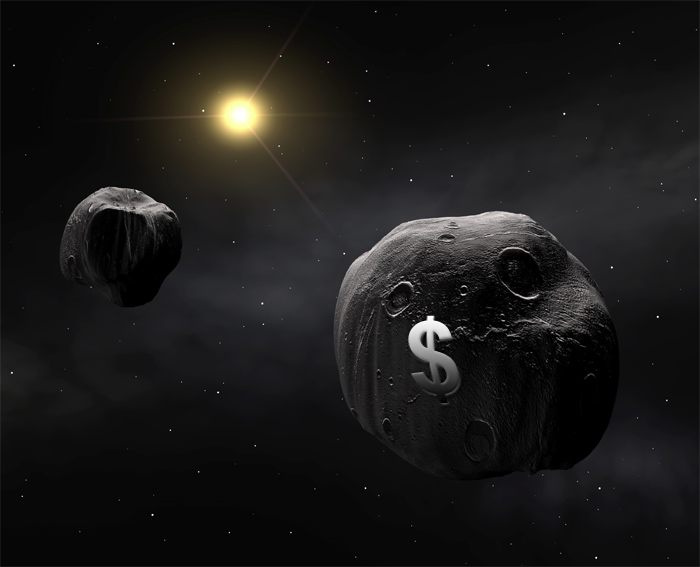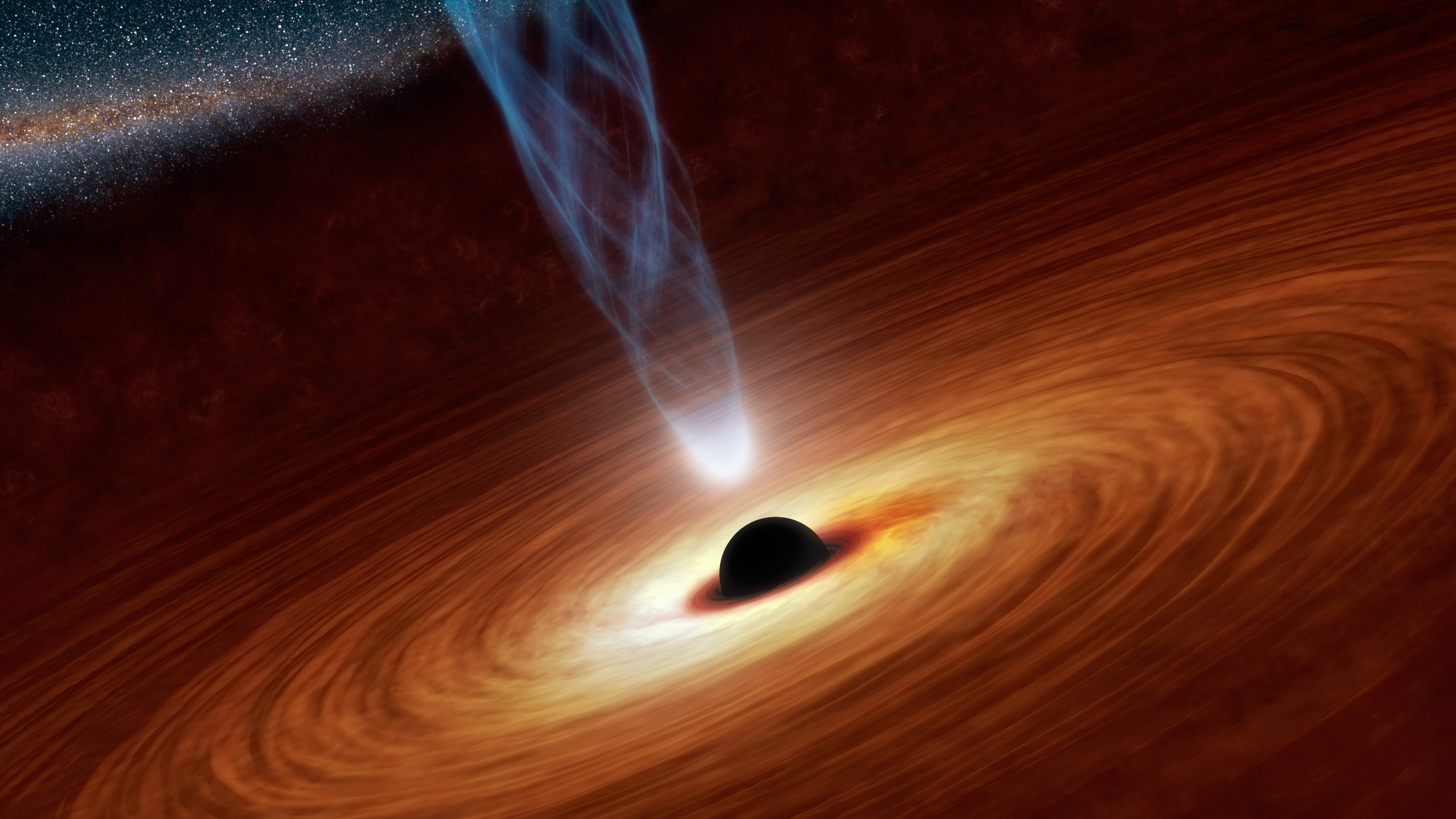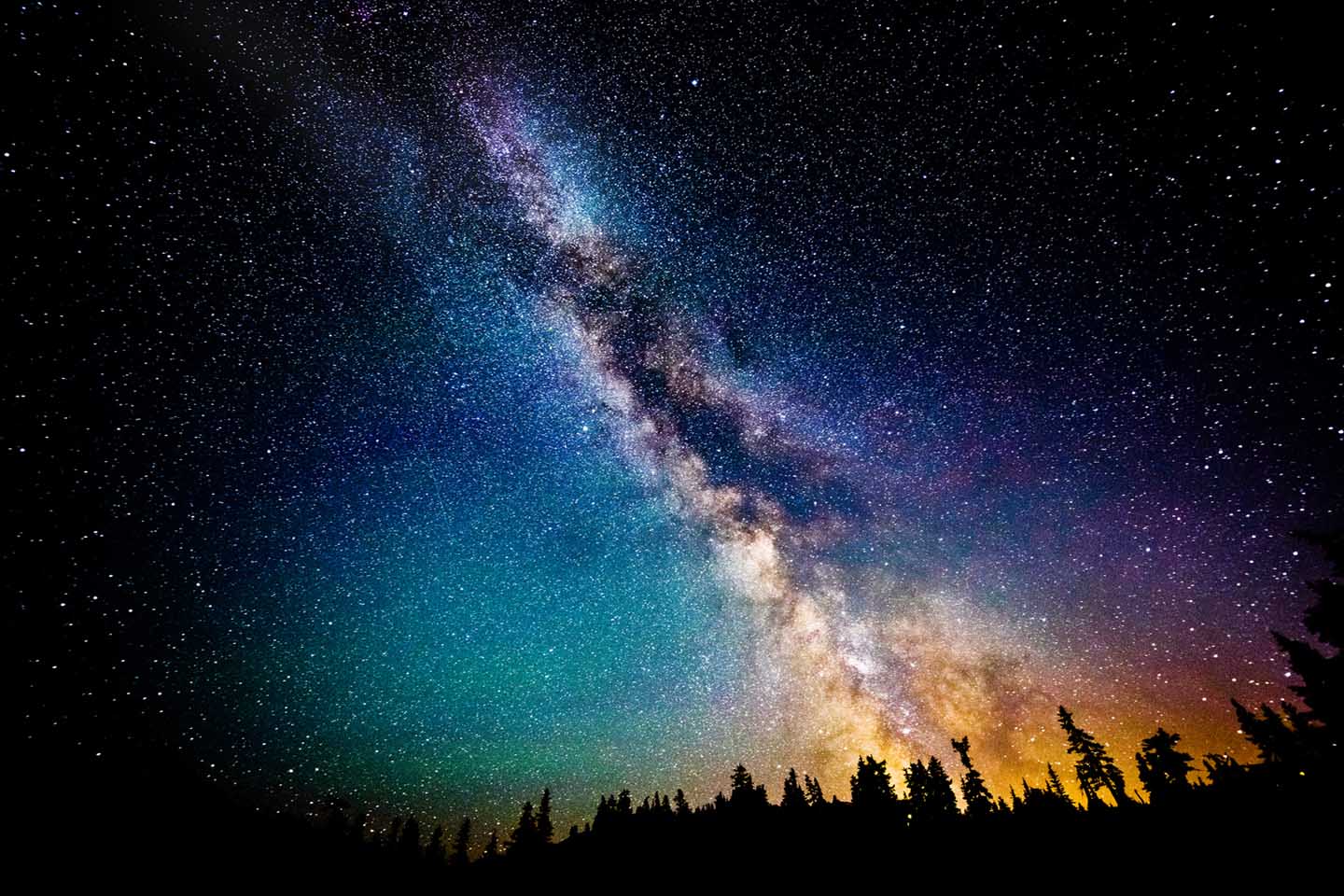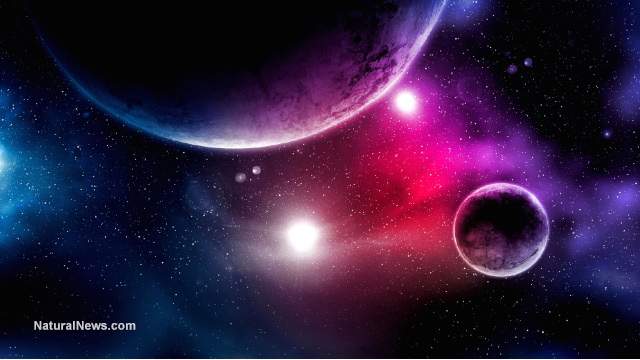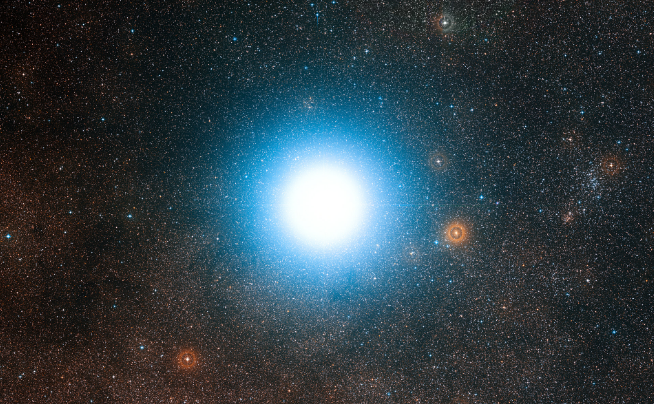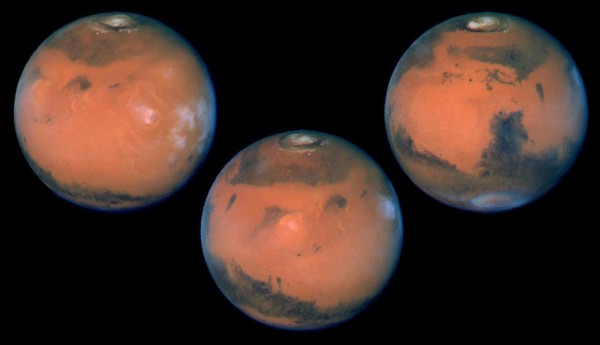New evidence helps astronomers determine when life might have existed on Mars
08/28/2018 / By Tracey Watson

To those of us who love science fiction, the concept of life on other planets is probably quite an easy one to accept. Certainly, there are many who would love to prove the existence of aliens or extra-terrestrials, or who are working hard to prove that even if such life forms no longer exist, they may once have done so on other planets. One of the more popular theories is that life once existed on Mars, and that the planet could potentially provide a home for humans if things become too complicated on our own planet Earth.
A recent study by researchers from the Centre for Star and Planet Formation at the University of Copenhagen’s Natural History Museum, contends that around 20 million years after the formation of our solar system, the liquid magma ocean surface of Mars crystallized very rapidly, after which a solid crust emerged which may have housed oceans, water and life.
The study was conducted by analyzing the extremely rare “Black Beauty” Mars meteorite, and significantly increases the possible window during which there may have been life forms on the red planet. (Related: Mars discovery almost certainly proves life exists on other planets.)
Black Beauty raises questions and provides answers
The Black Beauty meteorite, which was discovered in the Sahara Desert in 2011, originally weighed 319.8 grams, but some of it has been sold off at very high prices. The University of Copenhagen’s Martin Bizzaro was able to get his hands on 44 grams of it last year, with the financial assistance of various agencies that helped him cover the $10,000 per gram cost.
Black Beauty is of interest to scientists because it contains bits of Mars’ crust. The mineral zircon in the crust is key to the study of the possible history of life on the planet. (Related: The search for life on Mars by the ESA reaches important milestone.)
“Zircon is a very robust mineral that is ideally suited to provide absolute ages. In this context, the zircons can be used to establish a temporal framework to understand the formation history of the Martian crust,” said Professor Bizzarro. “Zircon also acts as a small time capsule as it preserves information about the environment where and when it was created. In this case, a time capsule with hafnium that originates from the earliest crust of Mars, which was present approximately 100 million years before the oldest zircon of Black Beauty was created. Thus, Mars got an early start compared to Earth, whose solid crust wasn’t formed until much later.”
Unfortunately, since the zircons in Black Beauty are tiny, the only way the research team could get to them was to crush 5 grams of their precious chunk of meteorite. This strategy proved effective, as it released seven zircons, including the oldest known Mars zircon.
“[F]rom the zircons and their content of hafnium, we can now conclude that the crystallization of the surface of Mars went extremely fast: already 20 million years after the formation of the solar system, Mars had a solid crust that could potentially house oceans and perhaps also life,” Professor Bizzaro explained.
The University of Copenhagen researchers are not the first to assert that they may have found proof of life on Mars. According to the U.K.’s Daily Mail, scientists with the American space agency, NASA, claim to have found evidence of a meteorite that carried ancient Martian bacteria to Earth, and insist that the red planet was once filled with shallow pools and lakes teeming with bugs. They also claim that the planet hosted plants or other organisms which were capable of photosynthesis and were part of complex ecosystems.
No doubt the science fiction enthusiasts among us will continue to carefully monitor ongoing developments in the life-on-Mars saga as they unfold.
Keep up with the latest space developments at Space.news.
Sources for this article include:
Tagged Under: alien ecosystem, aliens, discoveries, Life on Mars, life on other planets, Mars, Space, space exploration


